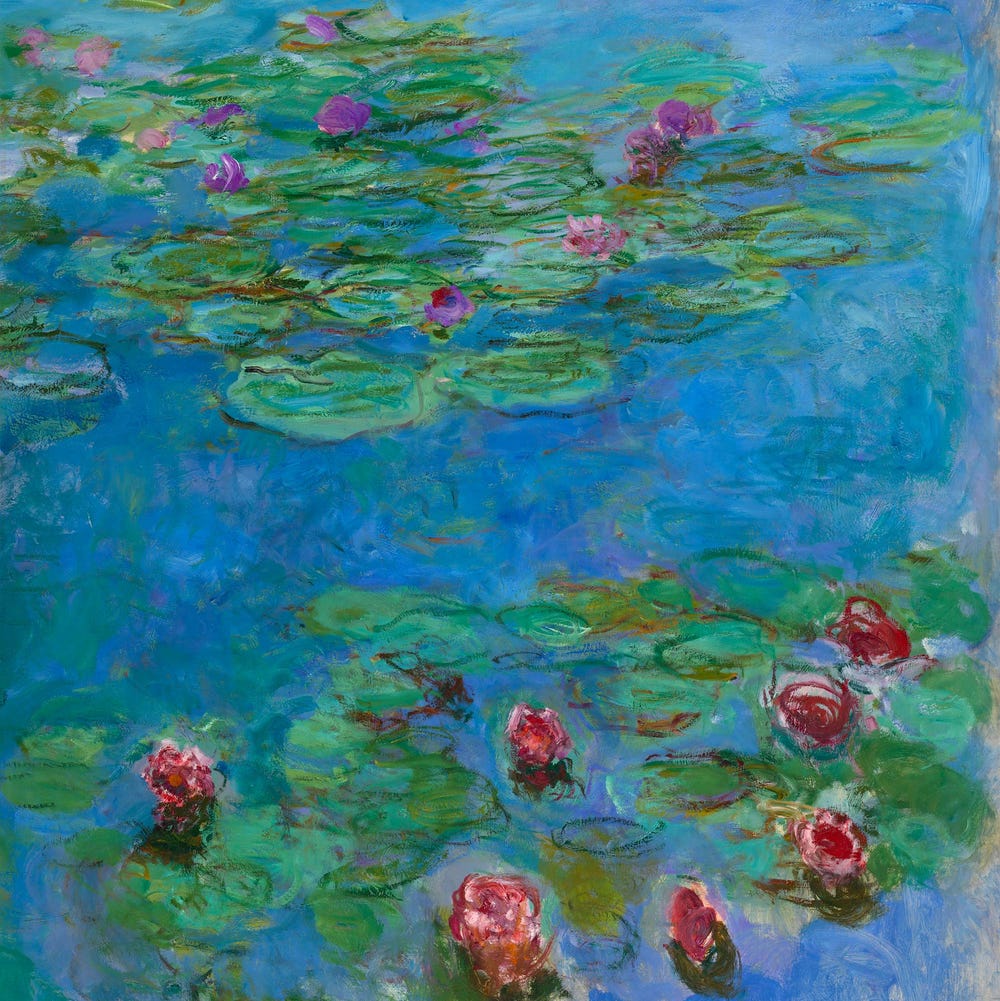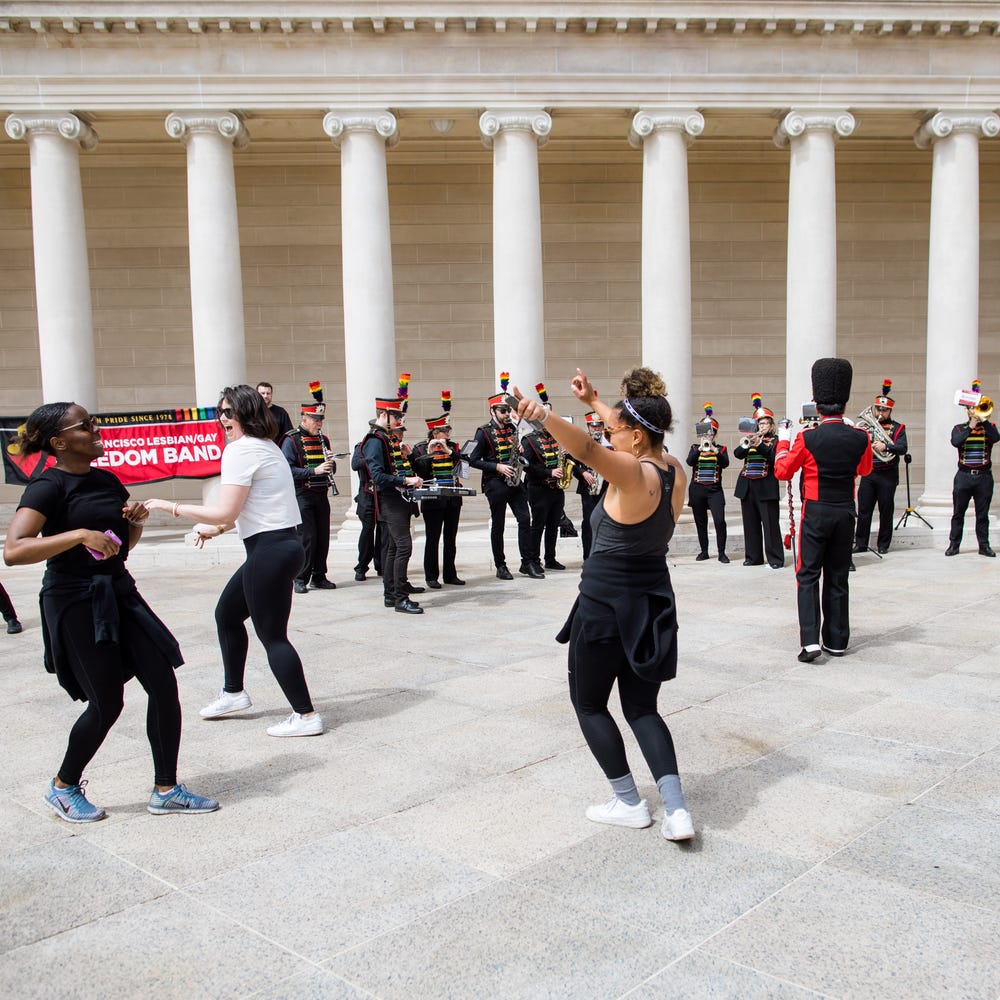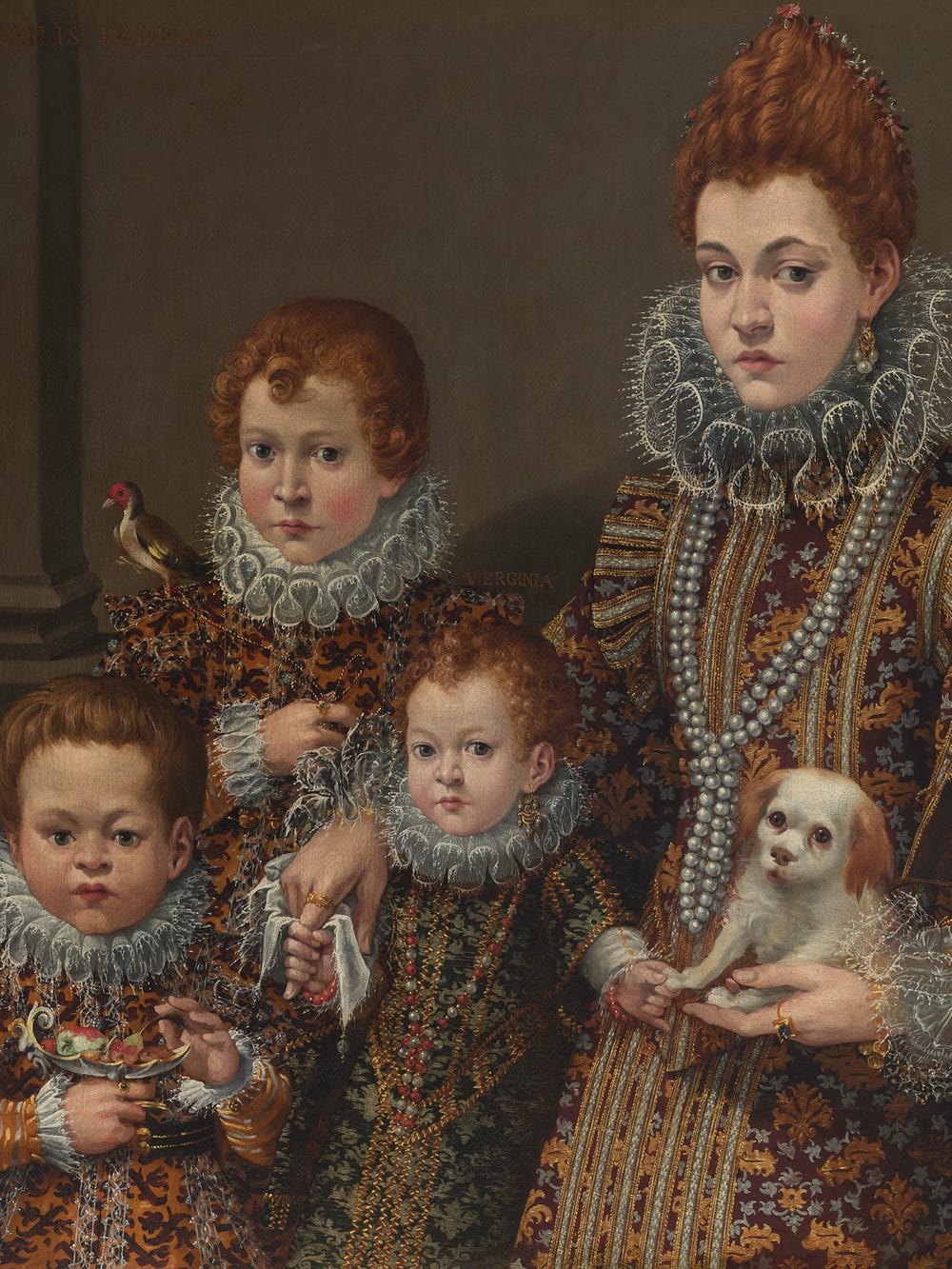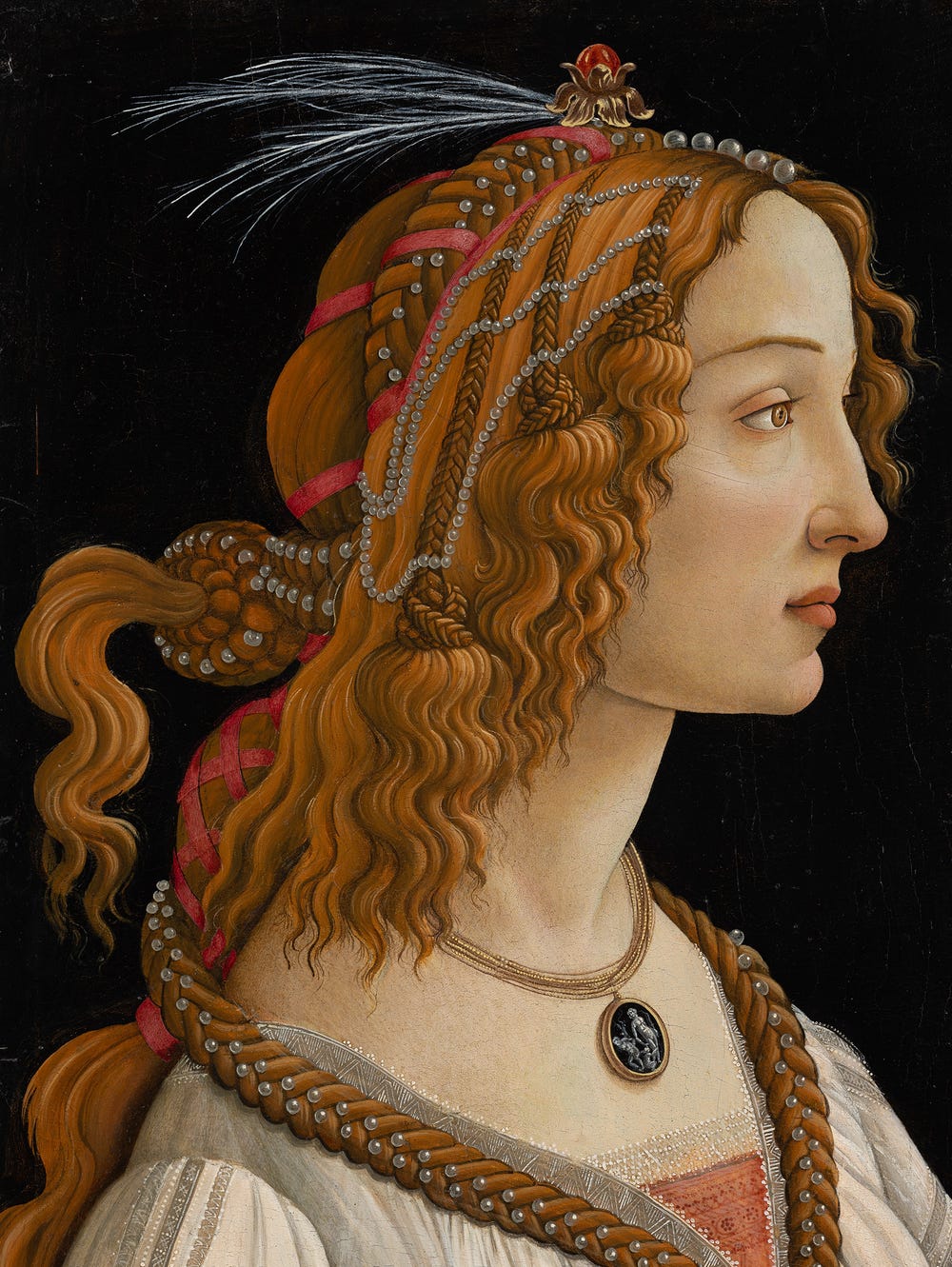While he's regarded today as one of the most famous and revolutionary painters in history, Claude Monet was rejected often throughout his youth by the Salon, France's state-sponsored art gallery. Monet: The Early Years features the works of a young emerging artist, whose experimentations with light and form were not always accepted by the art community at large.
For this two-part series, the Fine Arts Museums of San Francisco spoke with two artists in the Bay Area about their most memorable rejections, and the paths that unfolded after their early setbacks. The portrait of a struggling artist is no cliche, but the story of success is always unique.
Ballerina Jahna Frantziskonis is performing in her second season at the SF Ballet, and will be dancing as a soloist in their upcoming production of the Nutcracker. Before she landed the position with SF Ballet, she fought to gain recognition in dance programs. She recalled a time when she was invited to a five-week intensive dance program over the summer: "I was excited because I thought it meant they liked me. I went, and they pretty much ignored me the whole summer. I got no corrections, no advice, nothing. I spent all this time and investment....I remember first just being so upset. Especially when you use your body as instrument, and you're exerting all your energy into what you're doing, by the time you're dismissed and ignored, you have no energy to pump yourself back up."
Jahna Frantziskonis in company class. © Erik Tomasson
Yet, just as Monet kept producing art after his rejections from the Salon, Frantziskonis herself wasn't discouraged. "When you get a rejection, it's hard to not quit right then and there, but I knew I would find a place that would like me for me. It's just having the mental stamina to keep going and find that," she said.
Advice for young artists waiting for their big break? "Stick to what you have naturally. I think that's what makes an artist," Frantziskonis said. "You'll have so many teachers who will give you tons of advice, so it's not that you shouldn't listen to them. If someone's trying to change you to the point that you feel you're not close to yourself anymore—that's when I tell myself to stick to what I know, and what has gotten me this far. You have to find a place or a person that will comfort the things you have, not take them away, and also let you grow in a way that's natural for you."
Frantziskonis said that rejection is an inevitable part of the artistic process. "Even the best dancers have had these struggles. It doesn't define you! If anything, it defines you in a way of how much you grow from it."
Speaking of sticking to what's natural: Monet found the Salon de Refuses, the alternative venue to France's main Salon. There, his art flourished in an environment alongside other Impressionists such as Paul Cezanne and Camille Pissarro. For more inspiration on the perseverance of young artists, visit Monet: The Early Years at the Legion of Honor, through May 29.
By Sarah Goldwasser, Spring 2017 content development intern at the Fine Arts Museums of San Francisco.






